How to Convert a Watering Trough into a Raised Garden Bed
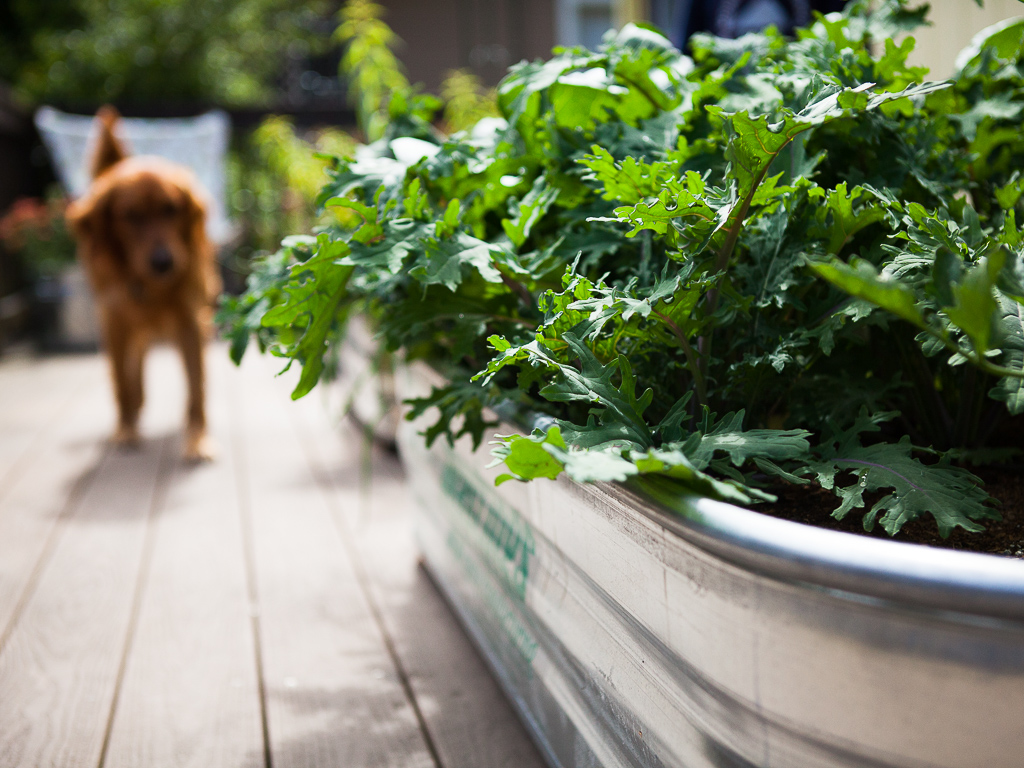
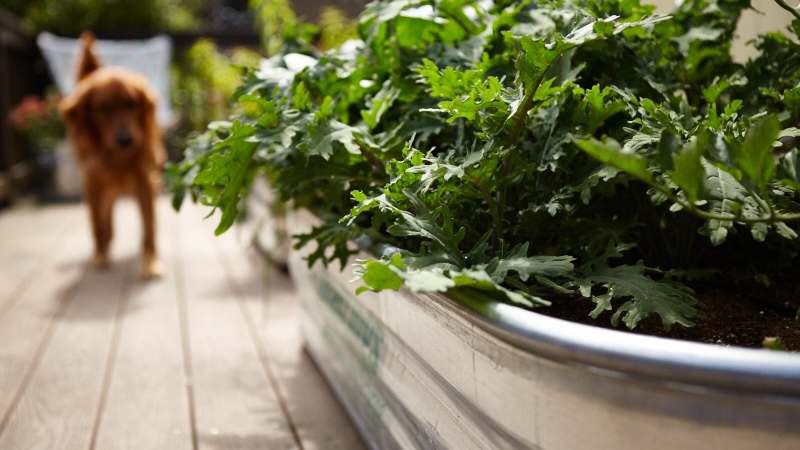
The opportunity for growth is at hand, right out your door, and it can begin by simply transforming a watering trough into a raised garden bed.
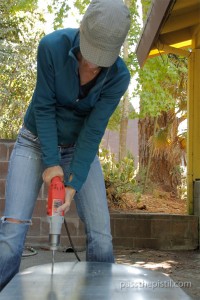 Benefits of Gardening in a Raised Bed
Benefits of Gardening in a Raised Bed
If you’re looking for the simplest solution for growing a garden and quickly, consider planting in a raised bed.
A raised garden bed is a large, soil holding vessel that allows water to drain freely. They can be made from rot-resistant wood such as cedar or redwood, which is my number one choice when built directly on the ground. But they can just as easily be made from other, durable materials or by converting galvanized watering troughs.
Galvanized watering troughs are perfect when gardening on decks and patios because they prevent moisture and soil from damaging the surface beneath. They also provide a large area for growing which is important because, basically, the more soil a container holds (like a raised bed) the easier it is to foster a soil ecosystem that in turn supports the growth of your garden.
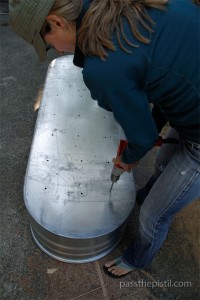 Six Reasons To Convert a Trough into a Garden
Six Reasons To Convert a Trough into a Garden
- It’s a pre-fab. All you have to do it add drain holes and plant.
- They’re portable by design. If you’re renting, you can easily take it with you or move them around as needed. (Though removing some or most of the soil would be necessary.)
- There’s virtually zero risks of rotting deck material or damaging the surface they’re on which they rest.
- You can grow plants that need more rooting depth like tomatoes, pepper, chard, sunflowers, and zucchini.
- It’s easy to care for the soil and keep them weed-free.
- They look hip thanks to their modern meets urban mini-farm solution.
How to Convert a Trough into a Raised Garden Bed
- First, measure your available space. How much room do you have to dedicate to a garden?
- Then source and purchase a trough to fit the allotted space. You can find galvanized watering troughs at feed stores and some garden centers and hardware stores. They’re becoming a popular planting solution, so call around to locate the closest source to you.
- Drill drain holes along the bottom with a 1/4 drill bit. Space the holes about 6 to 8 inches apart.
- Place the trough on 1/2 inch wooden slats or similar to prevent it from sitting directly on the deck or patio surface. This also creates a drop shadow, adding an element of visual interest, and improves drainage.
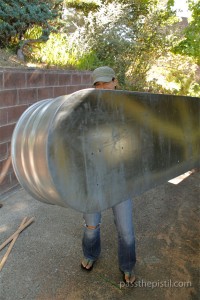
- Next, fill the bed with a locally made organic planting mixture and compost. Look for a mix that’s peat-free.
The Best Soil For Your Garden (And You)
- Finally, plant! Fill your raised bed the fruits, veggies, herbs, and flowers that matter most to you.
Best Watering Solutions
I’ve installed a drip irrigation system to my trough raised beds and connected the system to a deck-level spigot. It’s equipped with a timer, filter and backflow device. If this isn’t an option for you, at least try to get a hose with a watering nozzle as close to your garden as possible. This will decrease the work of hand watering.
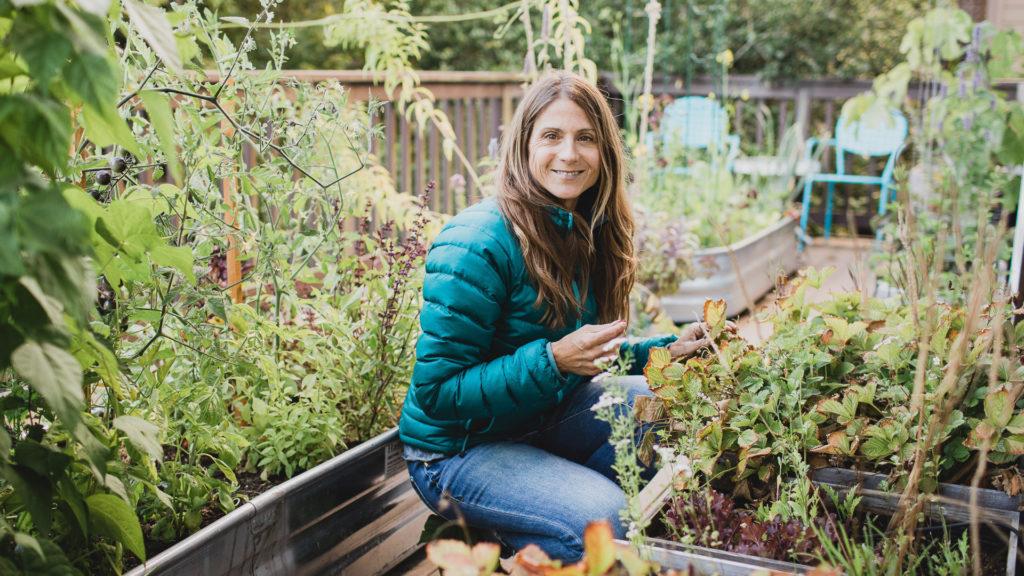
Photo by West Cliff Creative
Other articles you might enjoy:
The Best Soil For Your Garden (And You)
Tips For Selecting Soil At Your Garden Center
Listen
Buy The Book
Special offers
Newsletter Signup

Archives
Disclosure
Pass The Pistil is a participant in the Amazon Services LLC Associates Program and other affiliate programs such as Etsy, affiliate advertising programs designed to provide a means for sites to earn fees by advertising and linking to curated affiliate sites.


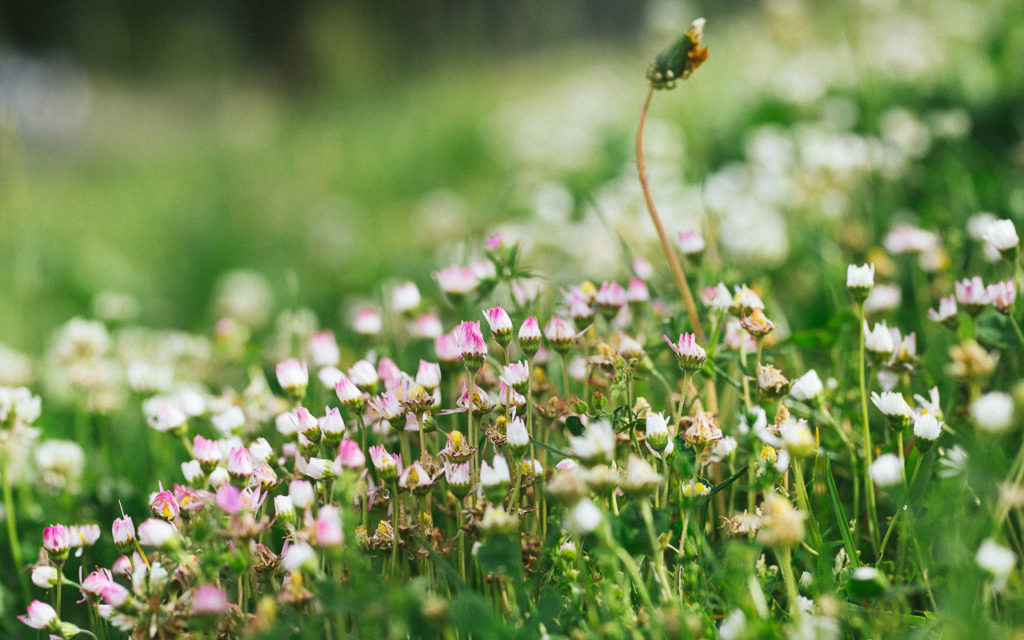






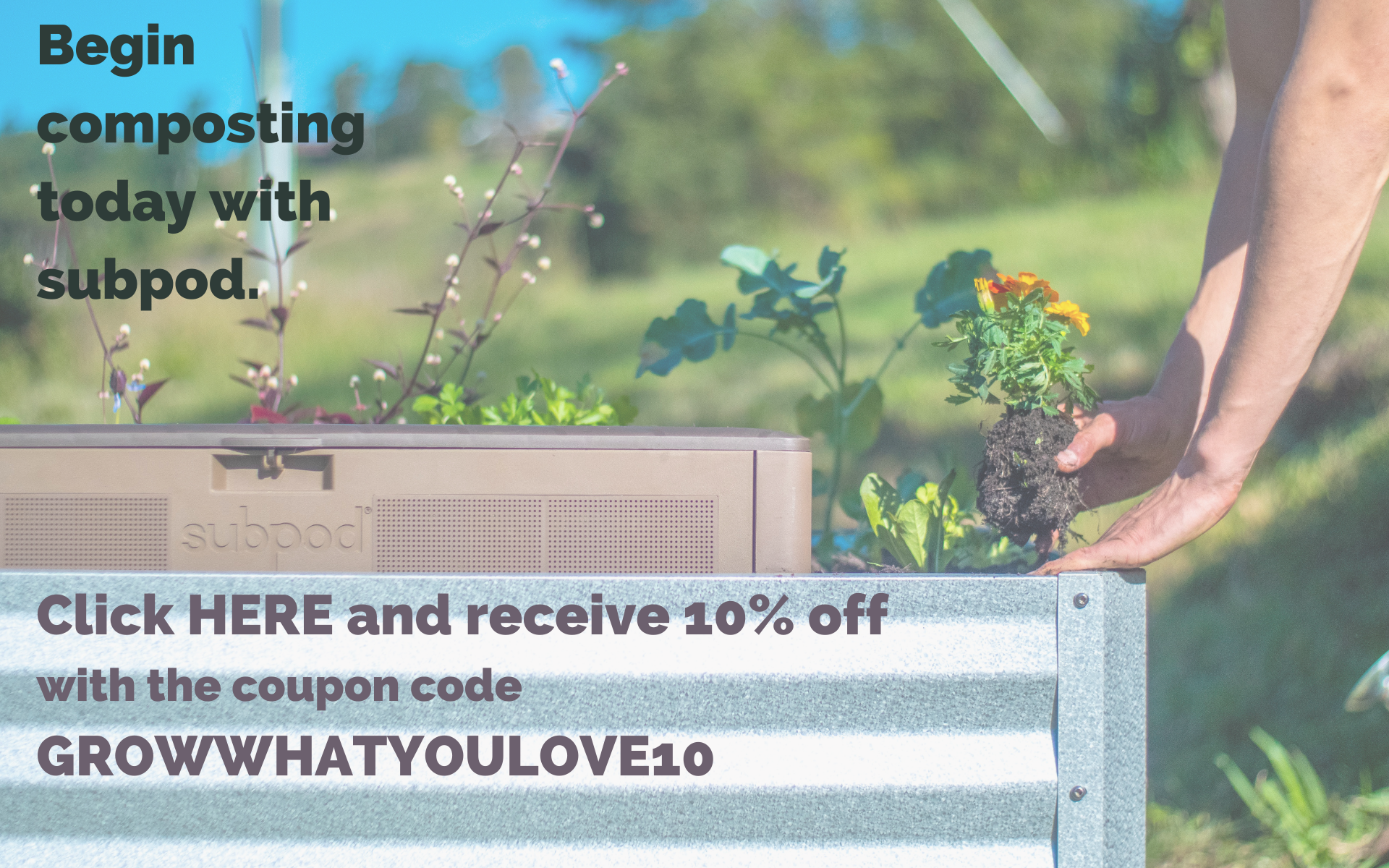

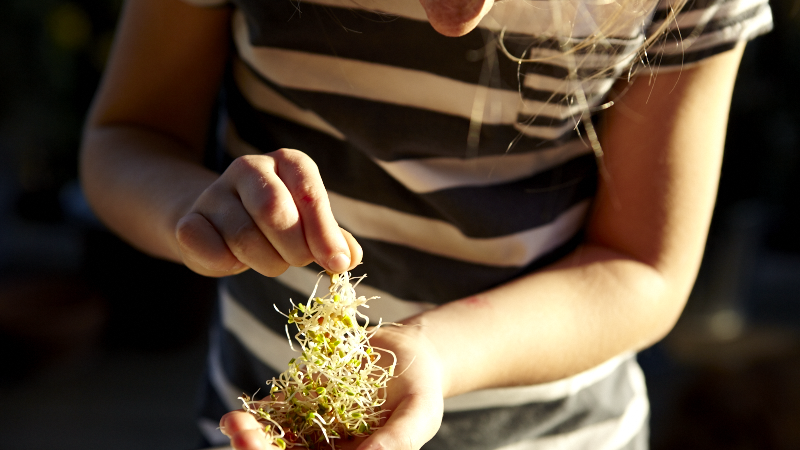
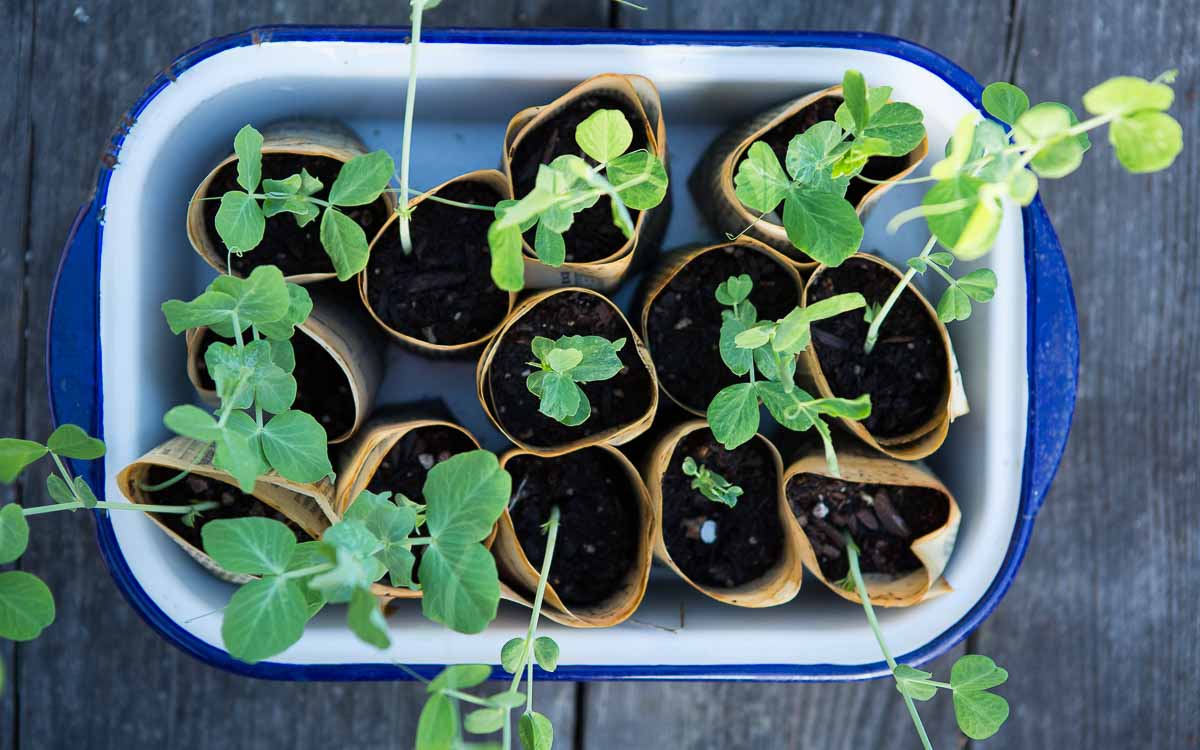
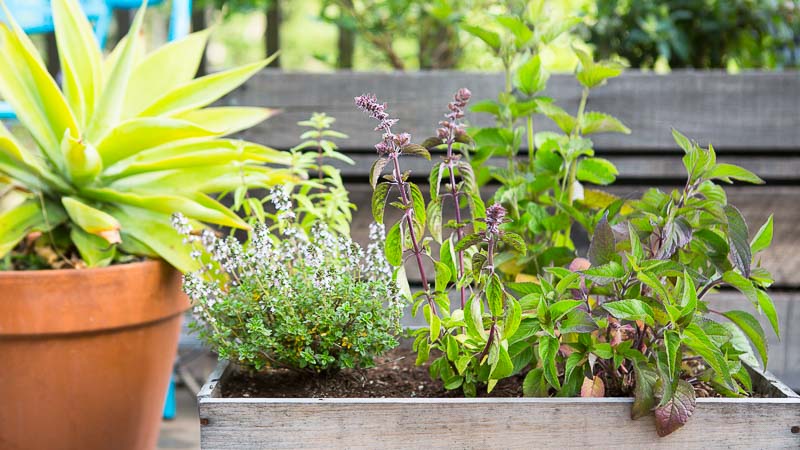
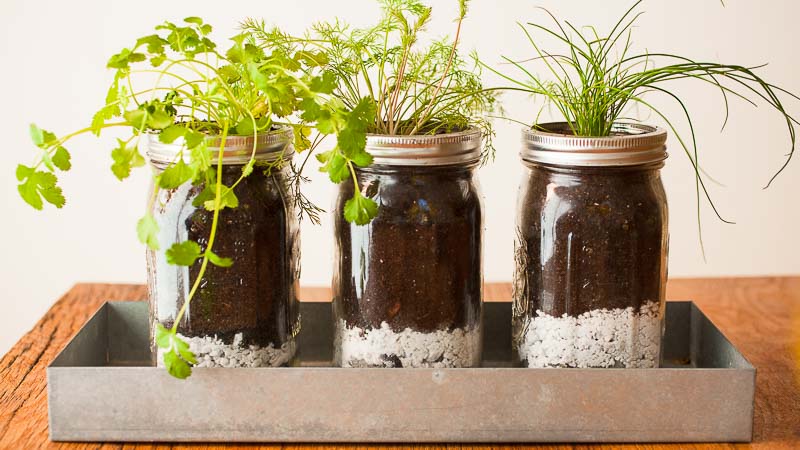
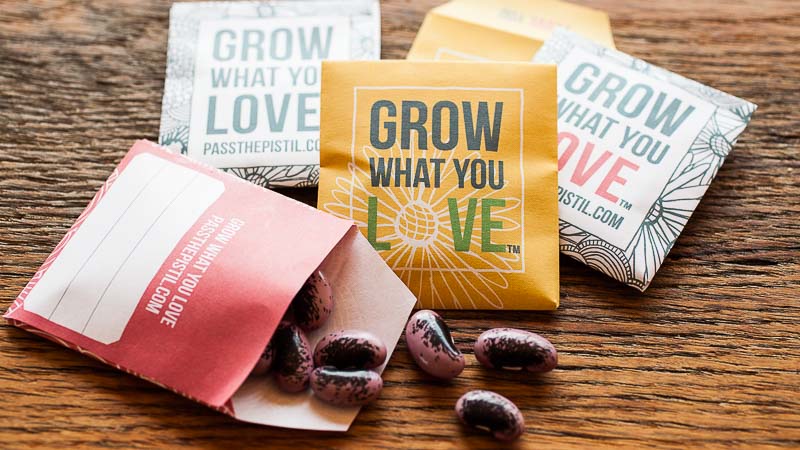
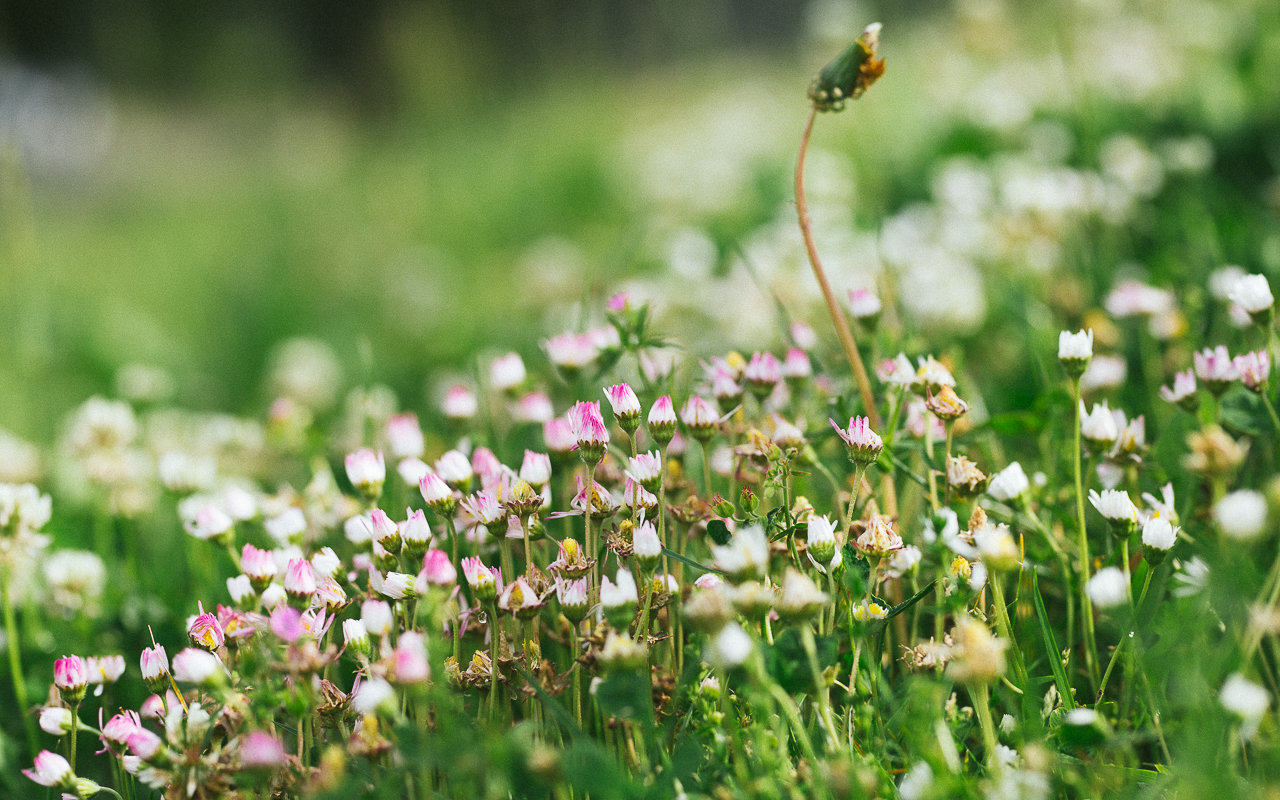
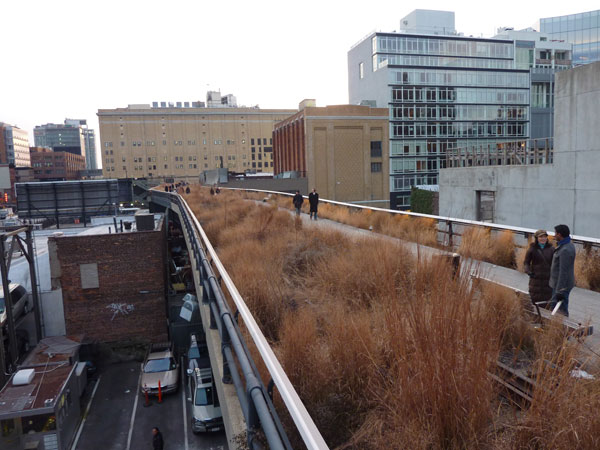

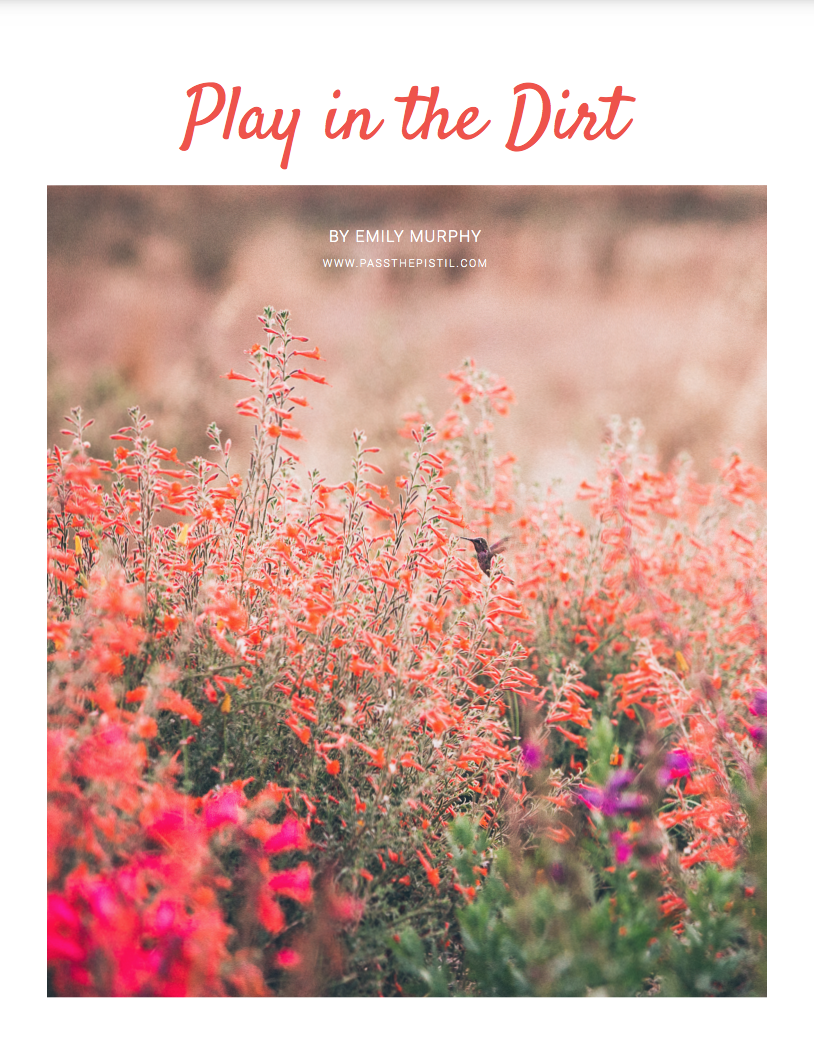

I have a very similar container. My garden output was just so-so last year. I am wondering if the steel container makes the soil get too hot…… any thoughts? It could be that I
Lasted too late, etc. not sure. I was considering pulling the soil out, and added the foam sheets of insulation along the inside vertical walls. Thoughts?
Hi! Thanks for writing. I haven’t had trouble with the soil overheating but I guess it would depend on your climate. Perhaps if you’re in a climate with summer temperatures like the South West, it could be a concern but less so the bigger the container. If you’re having trouble with your plantings it could be helpful to replace a bunch of the soil with the highest quality organic potting mix/planting mix possible and amend with worm castings and compost. That should do the trick.